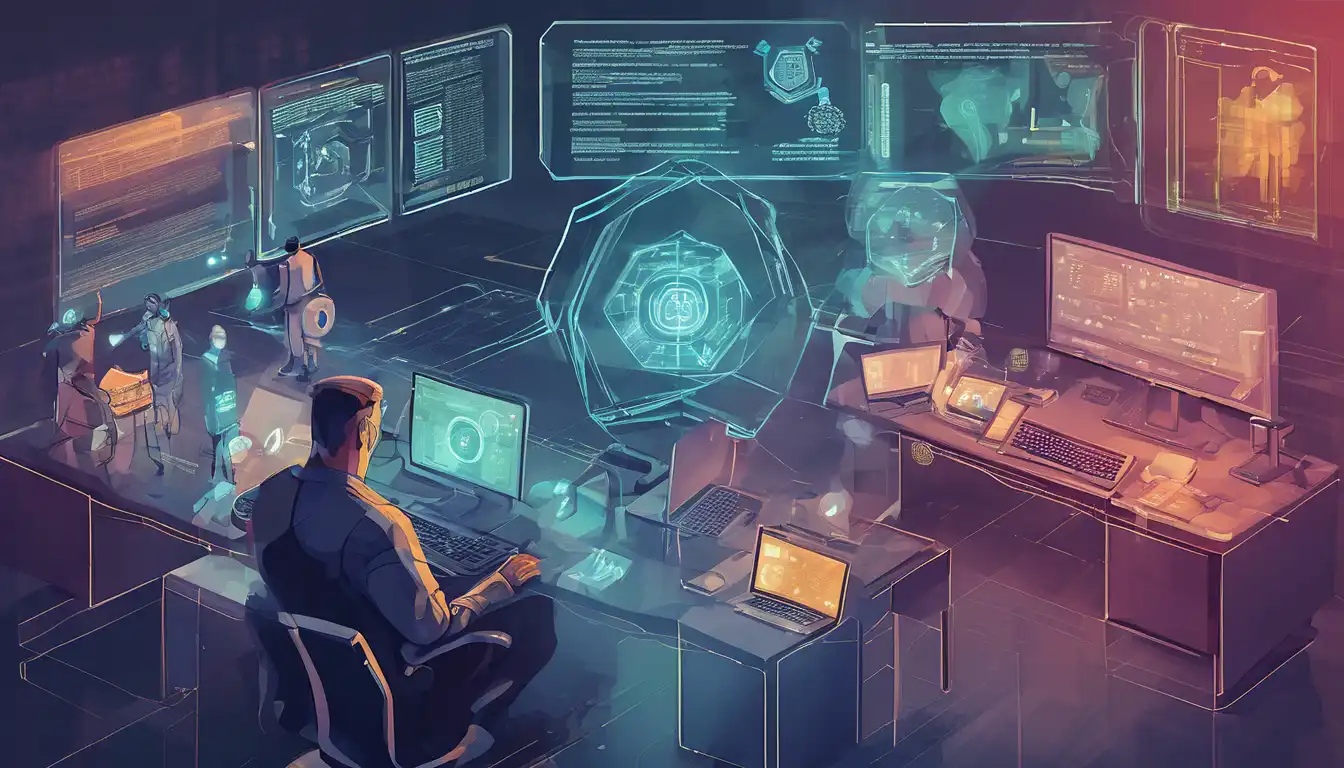Introduction to Cybersecurity Trends
In the ever-evolving digital landscape, staying ahead of cybersecurity threats is paramount for businesses and individuals alike. The year 2023 has brought forward innovative strategies and technologies designed to fortify defenses against increasingly sophisticated cyber attacks. This article delves into the latest trends in cybersecurity defense, offering insights into how you can protect your digital assets effectively.
Artificial Intelligence and Machine Learning
Artificial Intelligence (AI) and Machine Learning (ML) are at the forefront of cybersecurity defense. These technologies enable the detection of anomalies and potential threats in real-time, significantly reducing response times. By leveraging AI and ML, organizations can predict and neutralize threats before they materialize, ensuring a proactive approach to cybersecurity.
Zero Trust Architecture
The Zero Trust model has gained traction as a robust framework for cybersecurity. It operates on the principle of 'never trust, always verify,' requiring strict identity verification for every person and device trying to access resources on a private network, regardless of whether they are within or outside of the network perimeter. This approach minimizes the chances of unauthorized access and data breaches.
Cloud Security Enhancements
With the increasing adoption of cloud services, securing cloud environments has become a priority. Enhanced cloud security measures, including encryption, access management, and continuous monitoring, are being implemented to protect sensitive data stored in the cloud. These measures ensure that businesses can leverage the benefits of cloud computing without compromising on security.
Ransomware Defense Strategies
Ransomware attacks continue to pose a significant threat, with attackers employing more sophisticated methods. In response, cybersecurity defenses have evolved to include advanced detection tools, regular data backups, and employee training programs to recognize phishing attempts, which are often the entry point for ransomware.
Conclusion
The landscape of cybersecurity is constantly changing, with new threats emerging regularly. By staying informed about the latest trends and implementing robust defense mechanisms, businesses and individuals can safeguard their digital environments against potential cyber threats. Embracing technologies like AI and ML, adopting the Zero Trust model, enhancing cloud security, and preparing for ransomware attacks are essential steps in building a comprehensive cybersecurity strategy for 2023.
For more insights into protecting your digital assets, explore our technology section for the latest updates and tips.
